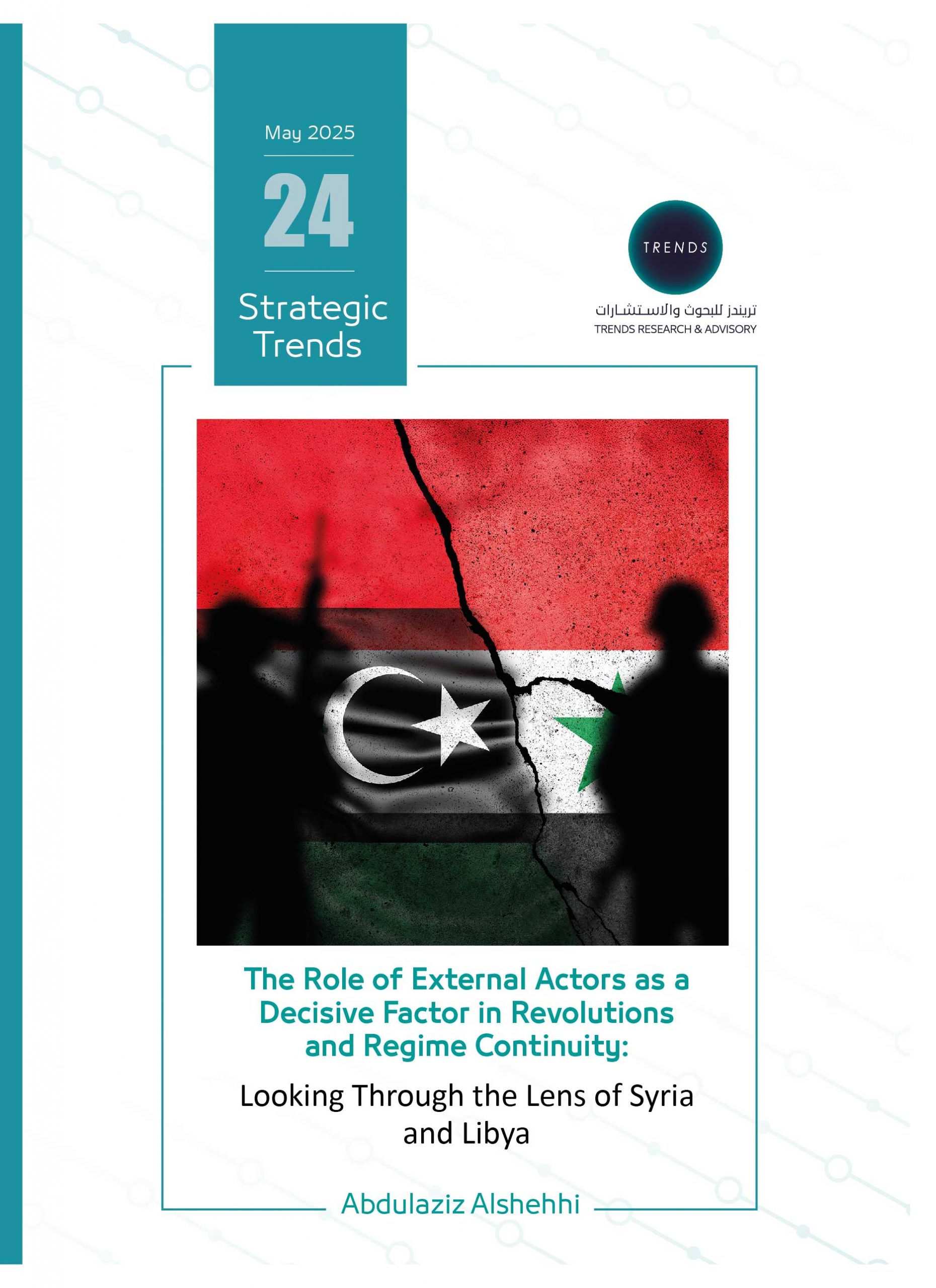This research examines the role of external actors in determining the outcomes of revolutions, with a particular focus on the contrasting experiences of Libya and Syria during the Arab Spring. While both countries shared similar authoritarian governance structures and a common revolutionary catalyst in 2011, the outcomes were starkly different: Libya experienced a relatively swift regime change, whereas Syria’s conflict endured for over a decade, ultimately culminating in the regime’s fall in December 2024.
The central research question addresses why the Syrian regime, despite facing similar protests and uprisings, managed to survive this long while Libya’s government was quickly toppled. This study argues that the decisive factor in the differing outcomes lies in the degree and nature of external intervention. While Libya benefited from coordinated international military intervention, notably NATO airstrikes and UN Security Council Resolution 1973, Syria’s regime managed to remain in power due to the unwavering support of external actors, such as Russia and Iran, whose subsequent reduced involvement led to collapse of Assad’s regime.
The research methodology is based on a comparative case study of Libya and Syria, focusing on the involvement of external actors including military intervention, financial support, and diplomatic efforts. It explores the differing objectives and strategies of these actors, and how their interventions either prolonged or ended the conflict. Secondary data, including scholarly articles and government reports, is analyzed using content and thematic analysis to identify patterns in external interference and its impact on the conflicts. The study concludes that the survival, and ultimately the downfall, of the Syrian regime can largely be attributed to the support from Russia and Iran, while the swift fall of Gaddafi’s regime in Libya was facilitated by cohesive international intervention. However, this external involvement also created long-term instability in both regions. In Libya, NATO’s intervention led to regime change but resulted in a fragmented postconflict state, while in Syria, the multiplicity of external actors, with their divergent goals, contributed to a protracted and destructive war.
This research highlights the critical role external actors play in civil conflicts and revolutions. It emphasizes that foreign interventions, while potentially successful in overthrowing regimes, often fail to address the complexities of post-conflict governance and peacebuilding. Furthermore,the analysis provides valuable insights for policymakers and international organizations on the importance of cohesive intervention strategies and the need for long-term planning in post-conflict scenarios to avoid instability and ongoing conflict.




